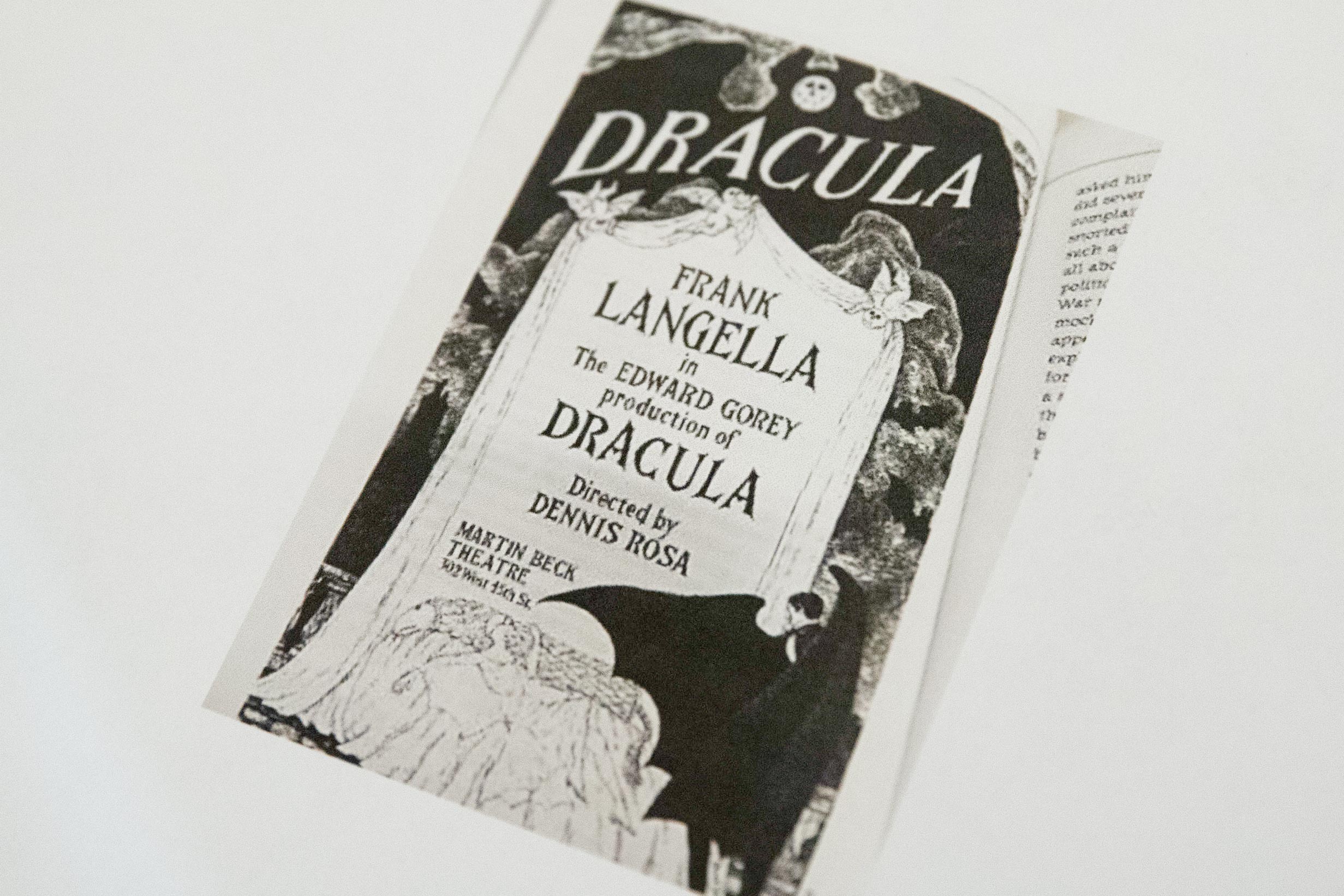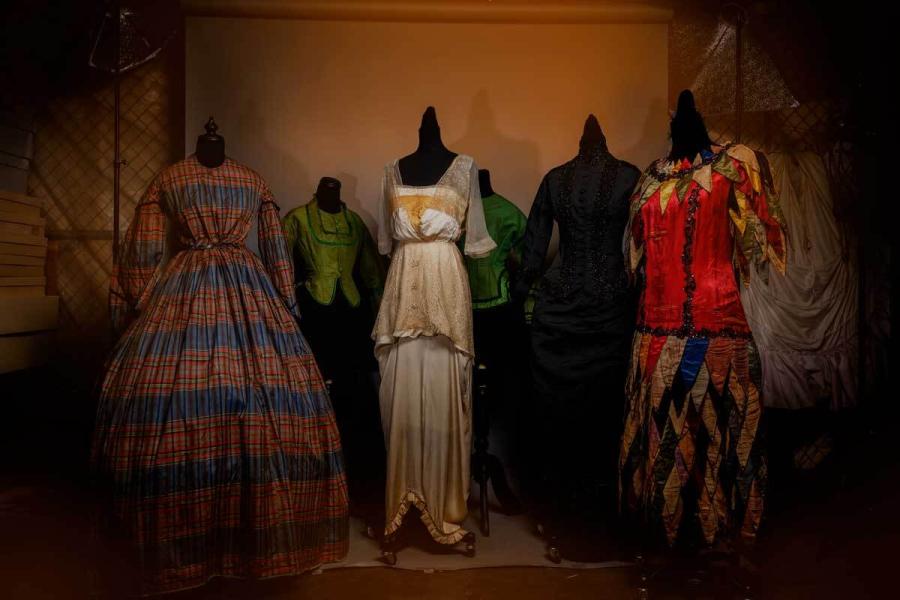The vampire is a powerful symbol. Over the years, it has been used to illustrate societal fears and conflicts, from race relations in the 1972 film “Blackula” to gender identity, like the homosexuality explored in Anne Rice’s 1976 novel, “Interview with a Vampire.”
Today, vampires have become somewhat idealized – take actor Robert Pattinson’s portrayal of the dreamy vampire Edward Cullen from the Twilight movies. And so the question often arises: “What was the vampire originally?” Was it sexy and cool?
In actuality, the vampire was not cool, nor was it sexy. It was something to fear and, most important, in folklore it served as a symbol of disease.
In our current pandemic, the causes of disease are fairly well-understood because we have medical knowledge. For the ancient Slavs in parts of what is today Eastern Europe, the vampire was used as a way to explain away mysterious deaths caused by then-unknown diseases, thereby becoming the thing that caused disease. In fact, almost any disease could have been connected to vampires, and a particular period in the 18th century led to a literal and figurative “Vampire Epidemic.”
UVA Today reached out to Stanley Stepanic, an associate professor of Slavic languages and literature and an authority on vampires who has taught a popular course, “Dracula,” at UVA for more than 12 years, to learn more about the interplay between the Slavic folklore of vampires and the evolution of disease discovery.
Q. Can you describe the vampire in original folklore?
A. Though folklore is known for variation, the original Slavic vampire is easy to explain. In most cases, the creature was a reanimated corpse that returned to prey upon the living.
Today, most people assume that means it drank blood, and though it could do this, it did not necessarily need to do this. Sometimes it merely collected blood, and other times it could devour its prey, including the bones. Animals were also one of its potential targets, especially those that were central to rural life, such as cows or horses. It was, in essence, an entity that could harm human beings in almost any way, whether directly or indirectly.
One of its most important features was its ability to spread disease. One of the most well-known terms for vampire, “nosferatu,” which has been translated as “bringer of plague,” is actually an incorrect transliteration of a Romanian word that became famous through the 1922 German film “Nosferatu, eine Symphonie des Grauens” (“Nosferatu, a Symphony of Horror”); Bram Stoker’s novel, “Dracula” (published in the United Kingdom in 1897 and in 1908 in Germany) upon which it was based; and before that “The Land Beyond the Forest” (the 1888 book version), in which Stoker found the word “nosferatu” for his novel.

According to Slavic folklore, vampires represented both the cause and the result of yet-undiscovered diseases. (Photo by Matt Whyman via Creative Commons)
Some think that “The Land Beyond the Forest” was the first appearance of the word, but it can be found in German sources 20 years older and based on other inaccurate representations of the Romanian language in these sources, it is most likely an incorrect transliteration of the Romanian word “nesuferit,” which can be translated as “the insufferable one.” In Slavic culture this word brings to mind the idea of “the unclean,” which can include disease, but as far as being exclusively about disease this is inaccurate.
So, in spite of its roots in disease, how did the vampire even arise as the pop culture icon it is today? It is largely due to the rapid movement of folklore outside of Eastern Europe during what is today called the “Great Vampire Epidemic.”
Q. What was the Great Vampire Epidemic?
A. There are some people who incorrectly assume the vampire arose in Slavic belief in the 18th century, largely due to misconceptions concerning a very important event in Eastern Europe in the middle of the century.
Evidence of vampires in Slavic belief in particular dates back to the 9th century, but it is likely much older than that. Further, evidence of official attempts to quell vampire belief by both the church and rulers in Eastern Europe are accessible in records of Serbian legal codes in the 14th century to ban what are called “vampire burials,” or any methods used to hinder the vampire from coming back by desecrating its grave or mutilating its corpse (burning, beheading, etc.). This shows quite simply that the belief of the vampire was not just old, but a problem significant enough that attempts were made to eradicate it.













